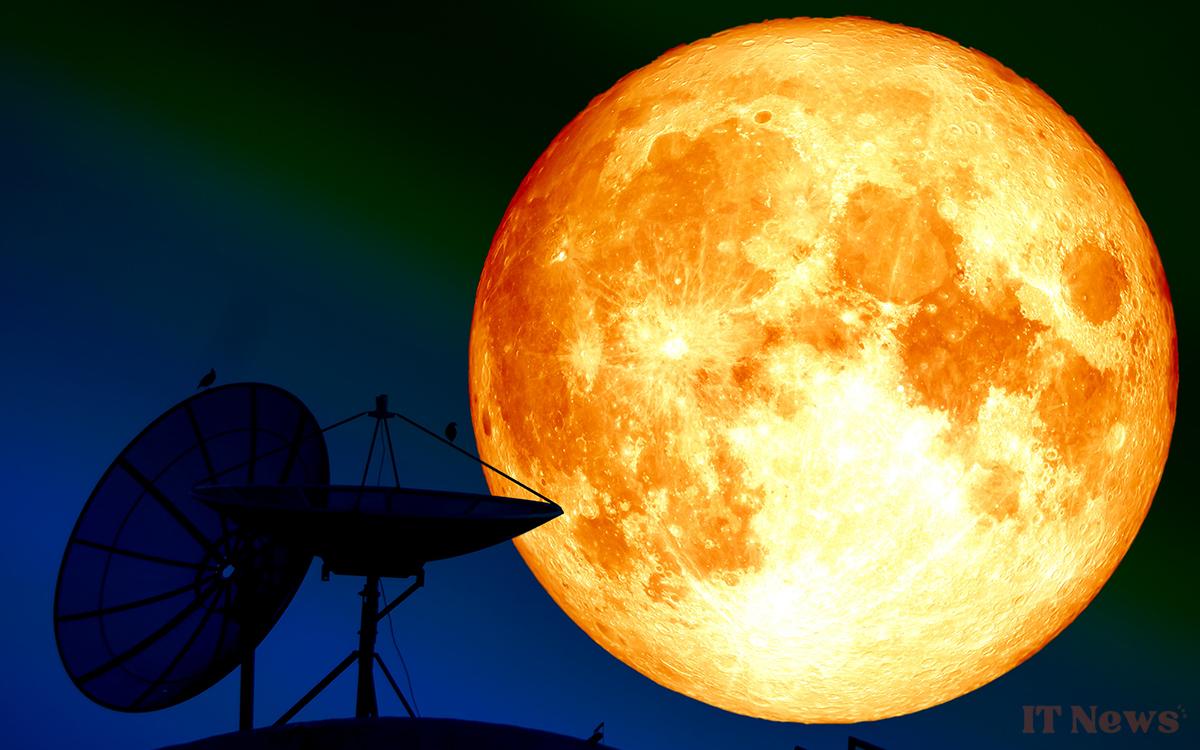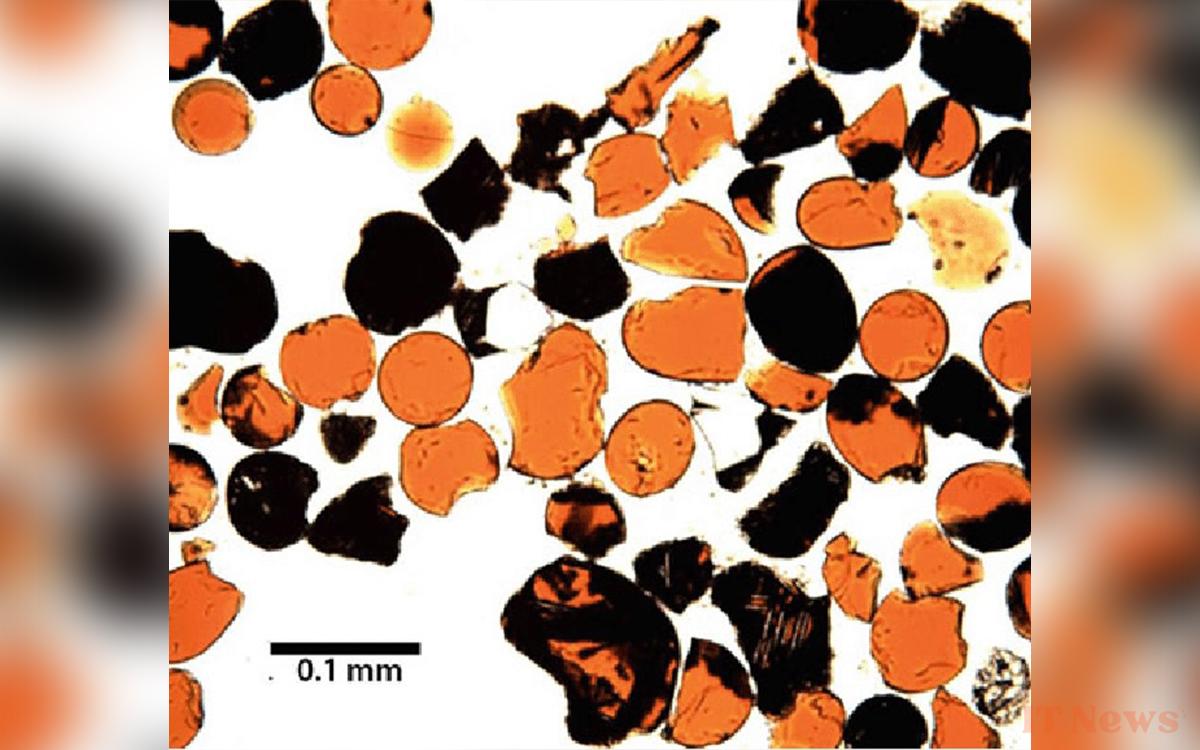Decades after their discovery, scientists can finally say where the tiny translucent orange beads that cover the Moon's surface come from.
“That's one small step for a man, one giant leap for mankind.” When he became the first man to set foot on the Moon on July 20, 1969, Neil Armstrong uttered these words that have now gone down in history.
And as he began to walk across the gray, rocky surface of the moon, he realized that the landscape was far from being as monochrome as expected. Everywhere he looked, countless tiny orange beads shimmered amidst the surrounding dust.
The crew took some for analysis, but these colored grains, each no larger than 1 millimeter, left scientists completely perplexed. It took more than 50 years for technological advances to allow us to understand where they came from. What they reveal is surprising.
The origin of the tiny orange beads that cover the Moon is known
Washington University in St. Louis, USA, is known for housing numerous samples brought back from the Moon. There, a team of researchers used instruments “unimaginable at the time the beads were collected” to uncover their secret, says Associate Professor Ryan Ogliore. It turns out that these translucent orange or black grains are “tiny, pristine capsules from the moon’s interior.”
They formed 3.3 to 3.6 billion years ago during volcanic eruptions on the surface of Earth’s satellite. They are actually drops of lava that solidified immediately upon contact with the frozen void surrounding the Moon. In the absence of an atmosphere and weather, nothing has eroded these pearls, which have therefore been able to remain intact for all this time.
The researchers noted that each pearl has a particular composition that makes it possible to measure the evolution of volcanic eruptions on the Moon over time. “It feels like reading the journal of an ancient lunar volcanologist,” sums up Ryan Ogliore.
This isn't the first time a glass marble found on the Moon has helped us unlock its secrets. Perhaps one day one of them will reveal the key to an even bigger mystery? After all, there's no shortage of dust up there.





0 Comments